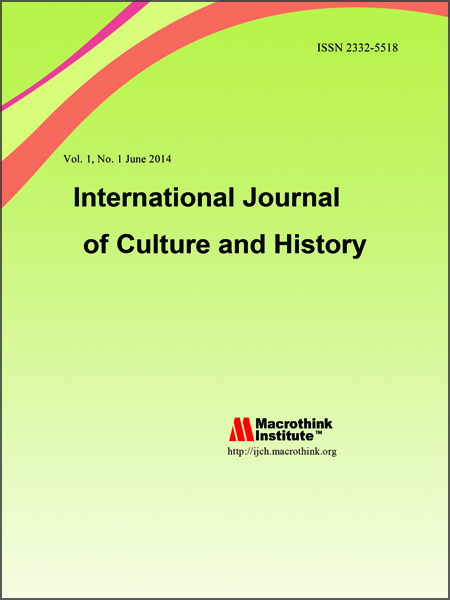Gugum Gumbira and the History of the Creation of Jaipongan Dance
DOI:
https://doi.org/10.5296/ijch.v10i1.20670Abstract
West Java is known to have a variety of forms and patterns of dance traditions and developed in the community such as Ronggeng Gunung dance, Bajidoran, Topeng Banjet, Ketuk Tilu, Bangreng, Tayub, and Ibing Pencak. It was not until the 1950s that it became known and developed rapidly in the community, namely the dance of R. Tjetje Somantri. It seems that the folk dance family is experiencing development and change in accordance with the socio-cultural changes that occur in society. Just as the Cisalak Mask developed the Banjet Mask developed in Karawang, the longser developed in Banjaran, and the Tilu Ketuk developed in Ujung Berung. In the 1980s a new dance (Jaipongan) emerged breathing the people pioneered by Gugum Gumbira, a talented artist from the city of Bandung, West Java. Jaipongan arose from the idea of Gugum who saw Sundanese folk dance resting on footwork called die one life one. Then came the Ketuk Tilu Development dance which Gugum initiated into Jaipongan dance. The research method uses a historical approach as a tool to trace the history of Gugum and the process of creating Jaipongan dance. The results showed that Jaipongan dance originated from the Ketuk Tilu Development dance which changed the name Jaipongan taken from the word Ja-i-Pong which emerged from the sound of bajidoran kendang tepak in the Karawang area.

